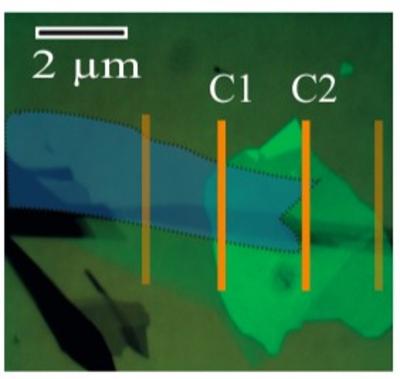A new joint Collaborative Research Centre focused on spin hyperpolarization to receive multi-million funding
A joint Collaborative Research Centre between Leipzig University and Chemnitz University of Technology will receive multi-million funding. The Collaborative Research Centre, to be known as HYP*MOL, will bring together 29 professors and early career researchers from both universities, as well as other external research partners, to study electron and nuclear spin hyperpolarization in molecular systems.
“This funding is both a cause for celebration and a great incentive for everyone involved,” says Professor Eva Inés Obergfell, Rector of Leipzig University. “Hyperpolarization is an exciting and rapidly evolving field of research. I believe that our research team will contribute new insights that will be appreciated at an international level.” Leipzig University is now involved in 16 Collaborative Research Centres and represents five of them. “This is something to be proud of and should encourage us to submit more applications.”
